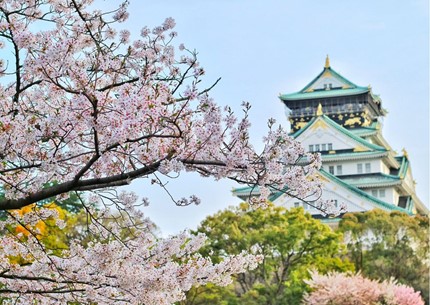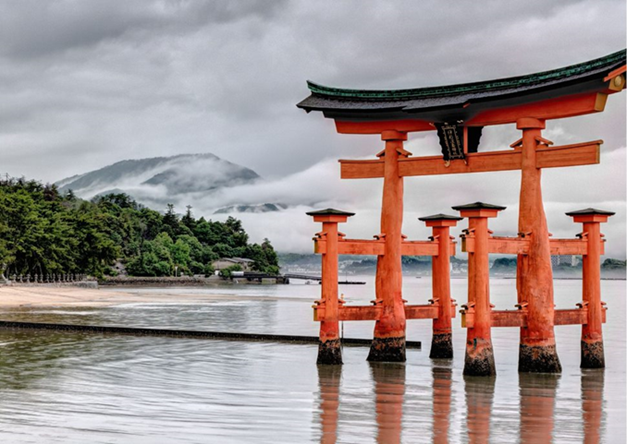OUR BLOG
140 YEARS OF DIPLOMATIC RELATIONS
BILATERAL RELATIONSHIPS
JAPAN AND THE REPUBLIC OF SERBIA
2022 marks the 140th anniversary of diplomatic relations between Belgrade and Tokyo. Although there are no written testimonies about the first meetings of the two peoples, it is believed that they happened during the Serbian medieval state under the Nemanjic dynasty.
History records that the first official correspondence between the two countries took place in 1882, when Milan Obrenovic, the first Serbian king after the liberation from the Turks, addressed Japanese emperor and the great reformer Meiji, informing him of his coronation. In a letter, King Milan said that “the great European powers, gathered at the Congress in Berlin, on July 13, 1878, solemnly recognized the independence of Serbia”, and that he was consequently crowned. The response of the Japanese sovereign stated that Japan recognized Serbia as an independent state./p>
In that way, the relations between the then two monarchies were formally established, and 1882 was officially established as the Year of Friendship between Serbia and Japan.
During the First World War, the Japanese Red Cross provided material assistance to Serbia. The trade agreement between the two countries was signed in 1923, and the correspondence between the Imperial House of Japan and the sovereign of Serbia continued until the Second World War. In that period, three visits of representatives of the Japanese royal family to Serbia took place.
From the post-war period until today, numerous delegations of the two countries have paid official visits, building relations of friendship and mutual solidarity. Political dialogue and economic cooperation gained momentum, as well as various financial, material and technical assistance which Japan provides to Serbia and donations in the field of health, education and public transport. The support of this distant country in preserving the Serbian cultural, historical and religious heritage in Kosovo and Metohija is also extremely important. On the other hand, after the Great Tohoku earthquake on March 11, 2011, Serbia was at the forefront of a large number of countries in terms of the volume of donations, which then came to Japan’s aid, deeply sympathizing with the Japanese people
Today, the relations between Serbia and Japan are traditionally good and friendly, with mutual interest in intensifying cooperation in all areas and strengthening political dialogue.
In 2018, the President of Serbia, Aleksandar Vucic, hosted the then Prime Minister of Japan, Shinzo Abe, and a year later, the Prime Minister of the Republic of Serbia, Ana Brnabic, participated in the enthronement ceremonies of Emperor Naruhito in Tokyo. In the same year, the head of Japanese diplomacy, Taro Kono, returned the visit to the Republic of Serbia.
Japanese gardens in Serbia
Belgrade Botanical Garden “Jevremovac” as well as the park in the heart of Vrnjacka Banja are adorned with beautiful Japanese gardens. With three basic elements – stone, water and plants – these parks reflect the beauty of nature and insist on its uniqueness and harmony. The stone is a sacred object in Japan. Water is a symbol of the ocean, reminiscent of the constant changes in nature, while plants are chosen according to the symbolism they carry and hide or emphasize the details of stone and earth, creating the final ambience. Thus, according to the Japanese tradition, the pine is a symbol of longevity and love, the cherry tree of eternal youth and spring, while deciduous maples are symbols of the cycle of life and death.
Interesting facts
- The first Europeans to reach the territory of present-day Japan were the Portuguese, in 1543
- As many as 15 Nobel Prize winners come from Japan. Literacy is almost 100%, and most schools do not employ housekeepers or cleaning staff. Students with professors take care of the school and school premises on their own, learning ethics, morals, respect, responsibility and equality
- The largest Japanese community outside of Japan is in Brazil
- Square watermelons are also grown in Japan for easier transport and storage
- Fuji – the highest mountain and volcano in Japan, is considered a symbol of the country and is under UNESCO protection. There are over 100 active volcanoes in Japan and over 1,500 earthquakes are recorded each year
- Hiroshima is the first city in the world to drop an atomic bomb on August 6, 1945, before the end of World War II
- Tipping is considered rude in this country
- Bowing is manner of communication, and bows can be -formal, very formal and informal
- Autumn observation of the moon, or tsukimi, is a traditional way of expressing gratitude for a good harvest and hope for prosperity in the future. Cherry blossoms symbolize human life and are synonymous with the beginning of spring











 2018
2018